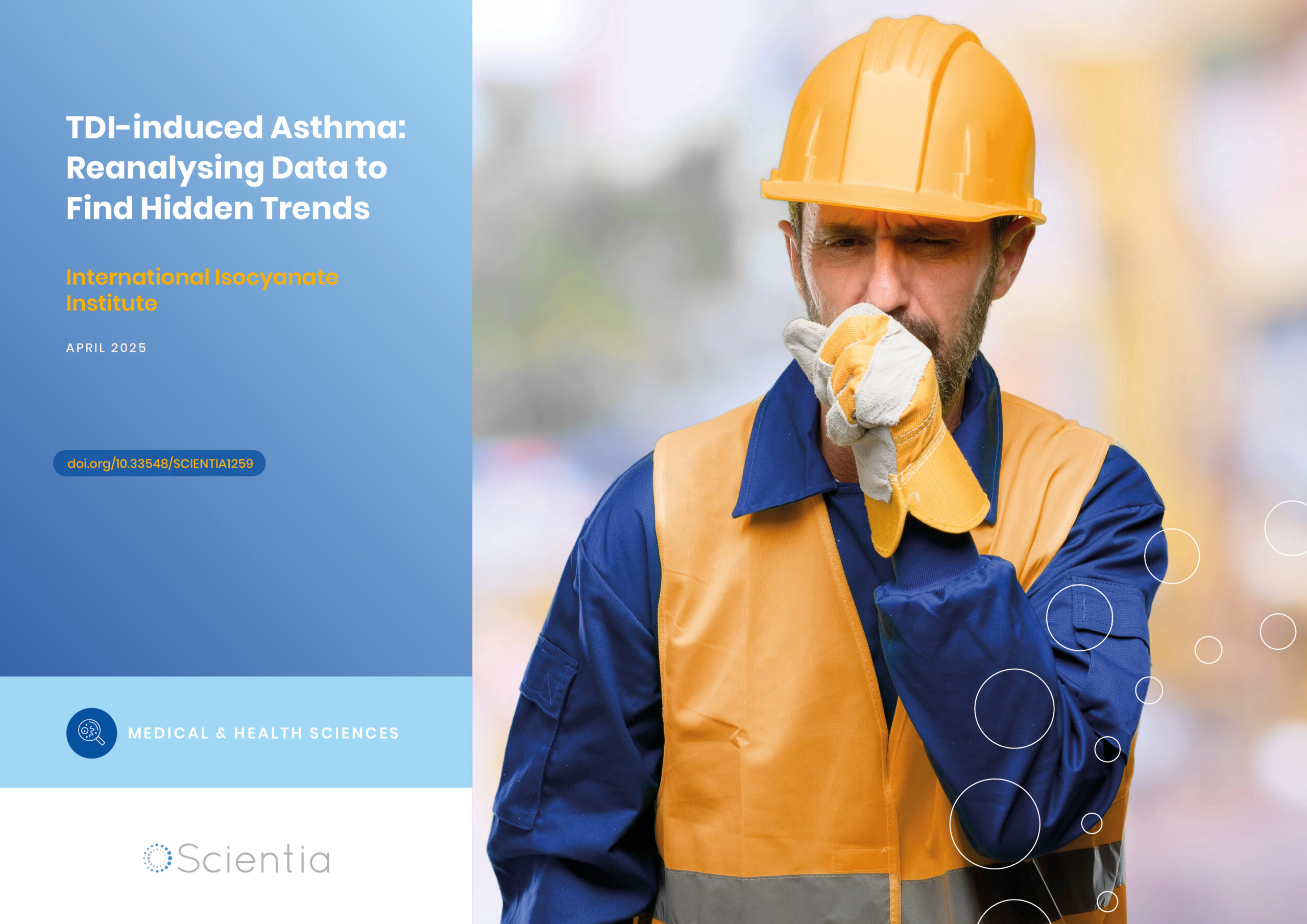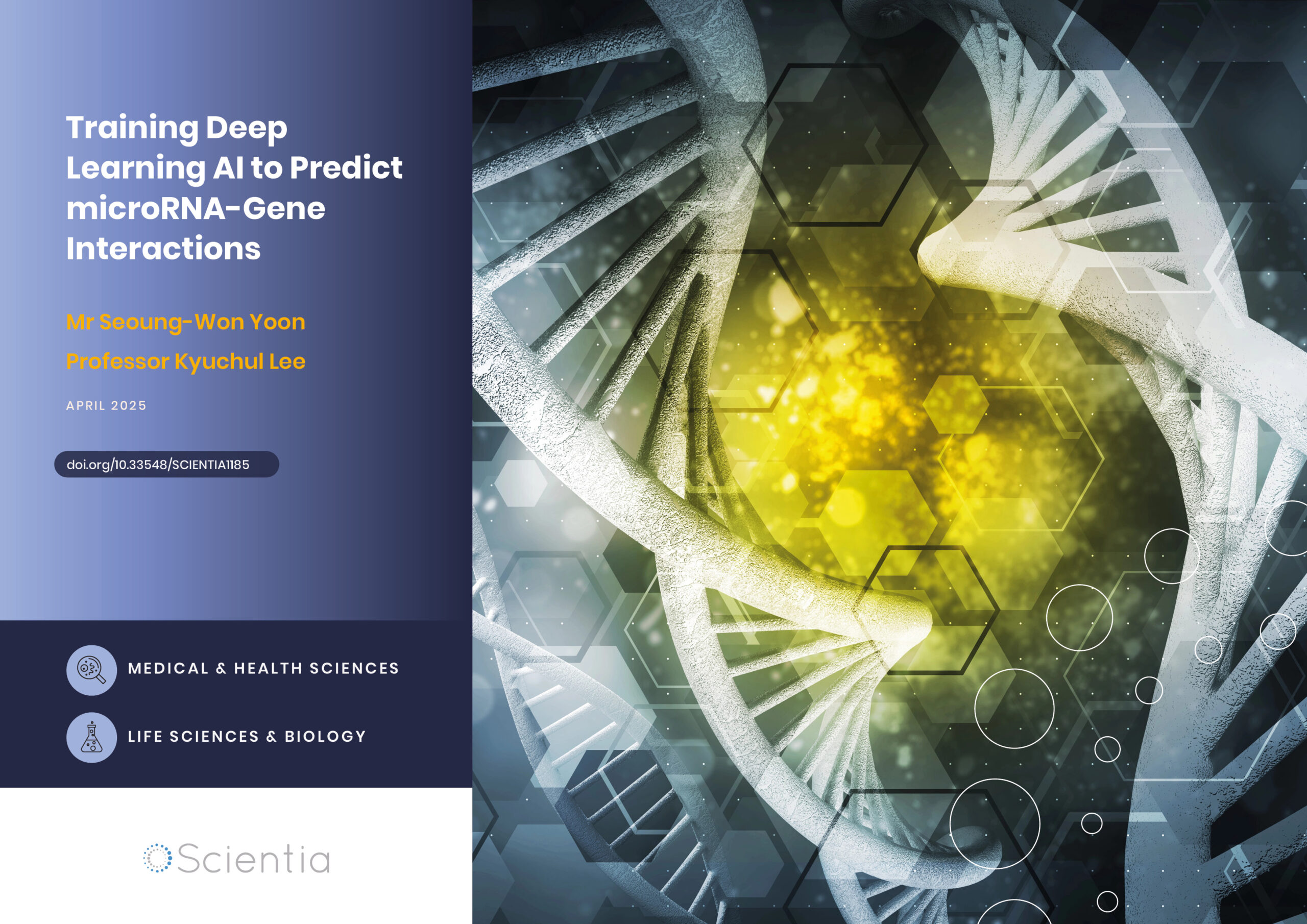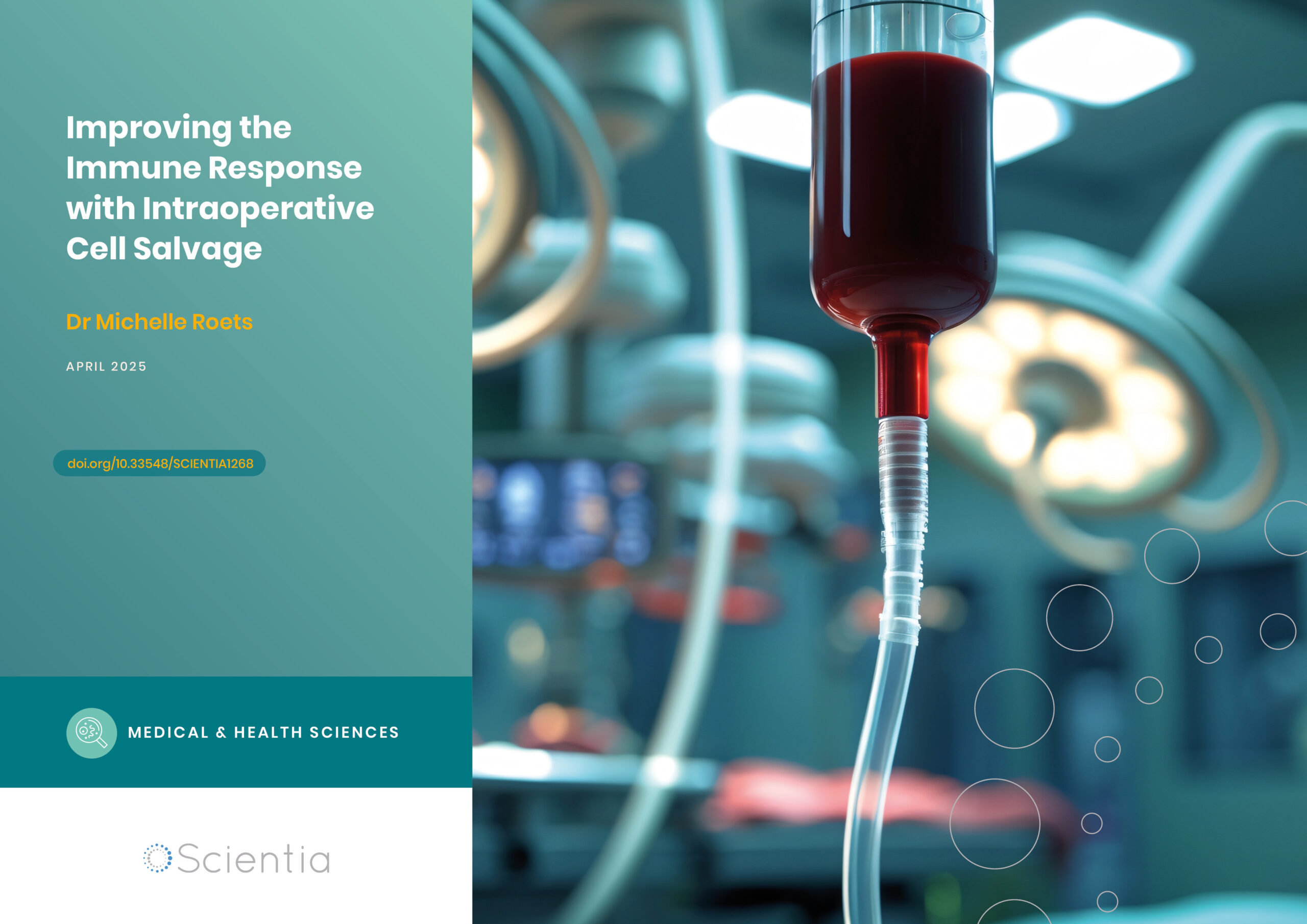Clinical Translation of Innovative Graphene-based Therapeutics 2D-Health
Two-dimensional materials, like graphene, have enriched the world of nanoscience and shown great potential for a variety of different application areas. In medicine, the use of graphene is being developed and adapted to offer novel solutions in addressing clinical challenges. The 2D-Health research programme, headed by Professor Kostas Kostarelos, is a multi-disciplinary research effort looking to engineer and refine graphene-based technologies that can be clinically utilised. Based mainly at the University of Manchester, work at 2D-Health is split into three Themes addressing needs in wound care and orthopaedic surgery, cell therapeutics and cancer immunotherapy. This exciting work is aiming to offer novel solutions in healthcare whilst deepening our knowledge of two-dimensional materials interacting with the living body.
2-Dimensional Ideas for Novel Therapeutics
The world of healthcare technology innovation is exciting and rapidly expanding. With so many avenues to explore, the possibilities for new therapeutics seem never-ending. One such avenue is the use of one-atom-thick, or two-dimensional (2D) materials. Members of this large family of flat crystals include hexagonal boron nitride, transition metal dichalcogenides and graphene. They can be used for all sorts of useful technologies, thanks to their variety of properties. Depending on the material, they can be either stiff or flexible, conductive or insulating, making the family a rich material template for manipulation.
2D-Health is the name of a multidisciplinary programme of research led by nanomedicine expert, Professor Kostas Kostarelos. The assembled team of experienced researchers has attempted to expand our knowledge of how the versatile material, graphene, can be used in medicine. The University of Manchester provides a base for this group of scientists who are all experts in their respective fields, to investigate how 2D materials can be used in future therapies. As population growth and demand on the UK’s National Health Service (NHS) increases, the system is coming under increasing financial pressure. 2D-Health believes that cultivating new therapies with innovative technology will significantly aid the NHS by offering safer and more effective treatments whilst reducing overall cost.
Funded by the UKRI Engineering and Physical Sciences Research Council, the programme is divided into three Themes underpinned by two Cores. The Chemistry Core aims to fabricate and modify graphene-based two-dimensional (G2D) materials, so they are more functional for use in the biomedical work of the programme. The Pre-Clinical Core has a similar facilitating role but focuses on how G2D materials can be developed and used as pharmacological platforms for the development of therapeutics in specific disease models.
The 2D-Health consortium has built strong partnerships with two Industrial Champions that allow the team to focus on research that can be translated into clinically relevant solutions in the future. Theme I is navigated through the advice of the global medical device company, Smith & Nephew, and Theme III is linked with the global biopharmaceutical company, AstraZeneca.
The project is overseen by an Advisory Board made up of external scientists, philosophers, ethicists and regulatory experts. Chaired by Professor Bernadette Bensaude-Vincent from Sorbonne University (Paris, France), they fulfil multiple roles from reviewing the progress and direction of the programme to advising on strategy, ethics and outreach.

Work at 2D-Health is split into three Themes.
Graphene Oxide Membranes for Surgical Wound Healing (Theme I)
Led by Professor Rahul Raveendran Nair, Theme I explores how G2D membranes can be used in the development of advanced implants and dressings for surgical and topical wounds. The goal is to create a film that protects it from infection and monitors its occurrence whilst speeding up healing. There are four characteristics the team wants to incorporate into such a ‘smart’ material. Sensing mechanisms built into the membrane would allow a clinician to understand how well their patients’ wounds are healing and whether an infection is looming. If necessary, the membrane could be able to release therapeutic molecules as and when they are needed, for healing or pain relief. The material should be electroconductive to boost its efficacy and lastly, its selective permeability should be controllable. This means that the amount and types of molecules (for example, water and ions) that are permitted to pass in and out of the membrane, are regulated to allow for favourable biological responses in the tissue.
The potential applications for G2D smart membranes are staggering. Orthopaedic wounds, which are those of the musculoskeletal system (bones, muscles and nerves), perhaps due to diabetes complications, might be more easily treated with this technology.

Schematic image of ion sieving through angstrom-size capillaries in graphene-based membranes. Credit: Rahul Nair, The University of Manchester
Exfoliated 2-Dimensional Sheets in Cell Therapeutics (Theme II)
Theme II is led by Professor Cinzia Casiraghi. She and her team investigate how inks made from G2D material could be used to track where cells administered during cell therapy have travelled to. Cell therapy, also known as cell transplantation, involves administering healthy stem cells (cells that can develop into lots of different cell types) to patients via injection or implantation. It can be used to restore damaged or dysfunctional tissue that has resulted from a multitude of diseases, such as cancer and cardiovascular disease.
However, it is currently very difficult to track the whereabouts of cells once they have been administered in the body. Resolving this issue would be extremely helpful for clinicians in gauging whether their patient’s treatment was given accurately and monitoring how long the stem cells have remained in the body. Consequently, clinicians could decide whether the patient has healed well or if they require further treatment.
The innovative solution that Dr Casiraghi is developing involves tagging a G2D ink label to the cell populations and using one of a variety of tracking signals to locate them in the body. These signals include near-infrared imaging, magnetic, photoluminescence or radiological signals. Already, the team have created some G2D inks that are in the safety-testing stages, with positive preliminary results suggesting they are safe for use on human cells.

Tagged graphene flakes are being tracked in the body of living animals using imaging cameras, as in the tomography shown above. Green/white signal indicates higher amounts of graphene flakes localising in different tissues (in this image, the kidney). Credit: Nanomedicine Lab, The University of Manchester
Graphene Oxide Transporters for Cancer Immunomodulation (Theme III)
The last theme in the programme, Theme III, is headed by Professor Andrew MacDonald. This element of the project delves into cancer immunotherapy. Using your body’s own immune system to combat cancer is a relatively new, but promising method of treatment.
The goal of this Theme’s work is to use specially engineered graphene oxide sheets as a means of presenting biomolecules capable of modulating the immune system. Antigen-presenting cells (APCs) are found in tissues involved in the immune response, like the spleen, or in areas of the body that require protection from the outside world, like the lining of the nose. APCs process the antigens and then present them on their own. Different types of T cells recognise these antigens via their receptors and in this way get ‘activated’ to fight against the foreign body they are primed against. If the antigen is from a virus or a cancer cell, the type of T cell it attracts is a cytotoxic T cell. Therefore, if the engineered graphene oxide complexes present effectively the cancer cell antigens, cytotoxic T cells can be induced to fight against the tumour.
The thin graphene oxide sheets used tend to target the spleen, so are a great way to deliver molecules specifically to that area. However, this is just one of the reasons the team is developing this technology as a nanocarrier. It also has a large surface area on which to carry desired molecules
Thanks to their partnership with AstraZeneca, Theme III could be clinically translated to cancer therapeutics in the future.

Cancer cell internalisation of graphene oxide sheets (red signal) for therapeutic purposes. Credit: Nanomedicine Lab, The University of Manchester.
Clinical Safety and Oncology Collaborations with Edinburgh and Cambridge
Due to the exciting prospects of G2D materials, many other organisations and scientists are studying their potential capabilities and effects. The team at 2D-Health have formed collaborations with other universities to enhance their capacity to achieve impact.
In collaboration with the University of Edinburgh, the team has conducted research on the consequences of inhaling different nanoparticles, including graphene oxide. They are investigating whether a group of fats called eicosanoids drive the deterioration of lung and cardiovascular diseases after graphene inhalation. The research will culminate in the first-in-human clinical study of its kind and is led by Dr Mark Miller. It is anticipated that by using the findings from this work, 2D-Health will contribute to the determination of the possible risks and limitations associated with human exposure to 2D materials.
The University of Cambridge is the second academic institution that 2D-Health has been partnering with. The collaborative effort is investigating the design and fabrication of electrically conductive technologies to manage cancers that are notoriously aggressive and difficult to treat. Both the Theme II and Theme III teams of the core 2D-Health consortium are actively collaborating with the University of Cambridge research teams to achieve the project’s goals.
An Exciting future for Graphene-based Therapeutics
The 2D-Health teams have made impressive strides in bettering our knowledge and understanding of graphene-based 2D materials and their use in medical applications. Although the research programme is attempting to address very different biomedical and clinical application spaces, the exploration of graphene provides a prototypical fundamental effort on how to design and develop 2D materials with great promise for the delivery of innovative and effective therapeutics in the near future.
SHARE
DOWNLOAD E-BOOK
REFERENCE
https://doi.org/10.33548/SCIENTIA845
MEET THE RESEARCHER
2D-Health
University of Manchester
UK

Professor Kostas Kostarelos
Director of 2D-Health
Professor Kostas Kostarelos obtained his BSc in Chemistry from the University of Leeds, then went on to complete a Diploma and PhD in Chemical Engineering at Imperial College London. Currently, Professor Kostarelos holds a Professorship in Nanomedicine at the University of Manchester and is a Severo Ochoa Distinguished Professor at the Catalan Institute of Nanoscience & Nanotechnology in Barcelona, Spain.
CONTACT
E: kostas.kostarelos@manchester.ac.uk

Professor Rahul Raveendran Nair
Theme I lead for 2D-Health
Dr Rahul Raveendran Nair achieved his PhD in Physics from the University of Manchester in 2010. He has been awarded many accolades during his career and is now a Professor of Materials Physics. His research focuses on 2D materials-based membranes and how they can be applied for use in the real world.
CONTACT
W: https://www.research.manchester.ac.uk/portal/rahul.html

Professor Cinzia Casiraghi
Theme II lead for 2D-Health
Professor Cinzia Casiraghi completed her BSc and MSc in Nuclear Engineering at the Politecnico di Milano in Italy. She went on to achieve her PhD and then completed a PhD in Electrical Engineering at Cambridge University. Professor Casiraghi now holds a Professorship in Nanoscience at the University of Manchester, whilst carrying out research into biomedical applications of printed electronics using 2D inks.
CONTACT
E: cinzia.casiraghi@manchester.ac.uk
W: http://casiraghi.weebly.com/

Professor Andrew MacDonald
Theme III lead for 2D-Health
Professor Andrew MacDonald holds a BSc in Parasitology from the University of Glasgow and a PhD in Immunoparasitology from the University of Edinburgh. Whilst fulfilling his role as Professor of Immunology at the Manchester Collaborative Centre for Inflammation Research, he also conducts research into immune cell activation and function in allergies, infection and cancer.
CONTACT
E: andrew.macdonald@manchester.ac.uk
W: https://www.research.manchester.ac.uk/portal/andrew.macdonald.html
KEY COLLABORATORS
Dr Darren Wilson
Dr Darren Wilson is a Senior Scientist at Smith & Nephew and works closely with Theme I in his role as an Industrial Champion.
Dr Marianne Ashford
Dr Marianne Ashford is a Senior Principal Scientist from AstraZeneca, working closely with Theme III in her role as an Industrial Champion.





REPUBLISH OUR ARTICLES
We encourage all formats of sharing and republishing of our articles. Whether you want to host on your website, publication or blog, we welcome this. Find out more
Creative Commons Licence (CC BY 4.0)
This work is licensed under a Creative Commons Attribution 4.0 International License. 
What does this mean?
Share: You can copy and redistribute the material in any medium or format
Adapt: You can change, and build upon the material for any purpose, even commercially.
Credit: You must give appropriate credit, provide a link to the license, and indicate if changes were made.
SUBSCRIBE NOW
Follow Us
MORE ARTICLES YOU MAY LIKE
Epigenetic Mysteries Unravelled: The Zinc-Finger Proteins
Exploring the complex mechanisms of cell development processes and DNA structure is critical to understanding how certain diseases, such as cancer, can arise. Professor Danny Reinberg and Dr Havva Ortabozkoyun from the University of Miami in Florida, USA, work to reveal the epigenetic mechanisms at play during cell division and development and, in turn, disease processes. Together, they are discovering new protein molecules involved in genome organisation, deepening our understanding of how cancers and other related conditions can develop.
International Isocyanate Institute | TDI-induced Asthma: Reanalysing Data to Find Hidden Trends
Even if you’ve never heard of them, you’ve used polyurethanes. Producing them requires toluene diisocyanates, which may/can induce asthma when inhaled. A 5-year study claimed to conclude that cumulative TDI exposure over time was indicative of asthma incidence. However, a reanalysis by a team at the International Isocyanate Institute points the finger instead at the frequency of unprotected high-exposure events, like accidental spills or plant maintenance. This finding guides the way for future advances in worker safety.
Training Deep Learning AI to Predict microRNA-Gene Interactions
Non-coding microRNAs (miRNAs) have important regulatory functions but are also implicated in various diseases. Mr Seung-won Yoon, PhD candidate at Chungnam National University, Republic of Korea, is training deep learning AI models to predict miRNA-gene associations. His research has implications for understanding disease pathogenesis, particularly cancer, and repurposing drugs for untreatable diseases.
Improving the Immune Response with Intraoperative Cell Salvage
Undergoing surgery comes with many risks. Numerous factors can influence the outcome, from the choice of anaesthesia to the type of operation. Long and complex procedures can require blood transfusions, which introduce yet another risk factor to the mix. Dr Michelle Roets from the Royal Brisbane and Women’s Hospital in Queensland seeks to help mitigate these risks through intraoperative cell salvage, a different type of blood transfusion which could revolutionise surgical outcomes.





